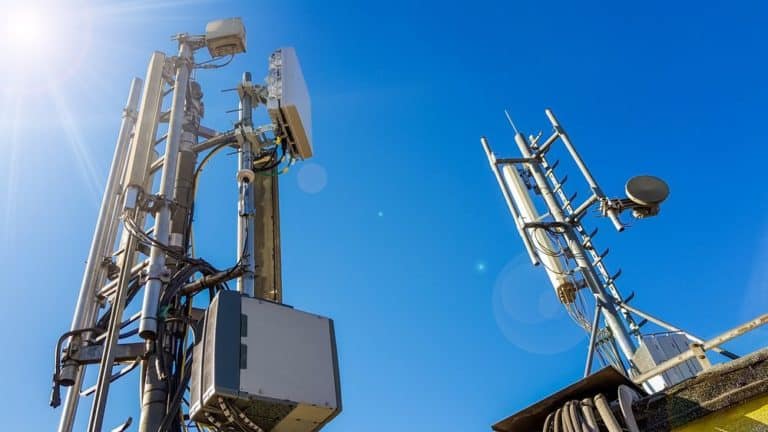Because of the pandemic, the value of connectivity and mobile networks has changed in Europe. We know for sure that the next part of this conversation will undoubtedly be about 5G and mobile networks.
At last year’s B20 Summit, Ericsson’s CTO and CEO said that the road to recovery for Europe will be digital-first. The opportunities will be delivered through the deployment of new consumer 5G services (through fixed wireless access) and the digitization of Europe’s industrial sector.
The mid-band spectrum
Europe has a chance to be a 5G frontrunner, given its unique industrial expertise in retail, tourism, agriculture, or automotive.
The key to unlocking the potential shown by Ericsson’s deployment of pilot 5G programs in small pockets across Europe, lies in getting mid-band 5G, now. With it, the full potential of IoT, industry 4.0 use-cases, and general 5G uses will be achieved.
Currently, the numbers don’t look so good for Europe, compared to other regional markets. In the bloc and the UK, the average mid-band 5G nationwide coverage is at less than 10%., with projections predicting a measly rise to 15% by next year.
An opportunity to compete
These numbers may look bad, but they do not mean that the bloc doesn’t have what it takes to compete, with recent signals from market giants like Vodafone and Deutsche Telekom showing a willingness to ramp up investments in 5G.
Since North America and North-East Asia have already begun deployments, the EU has a chance to learn from them, lessons on per capita network investment, the removal of barriers in 5G deployment, and initiatives to encourage operators to invest more.
Europe missed out on the 4G rollout and has never been able to capitalize on the app economy like its Asian and North American competitors. It cannot afford to repeat the same mistake with 5G.
